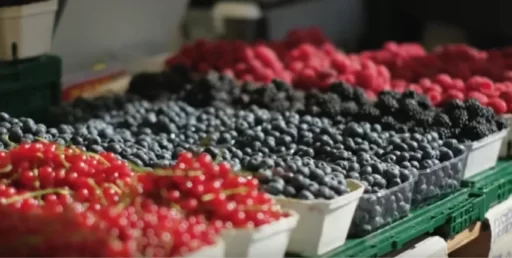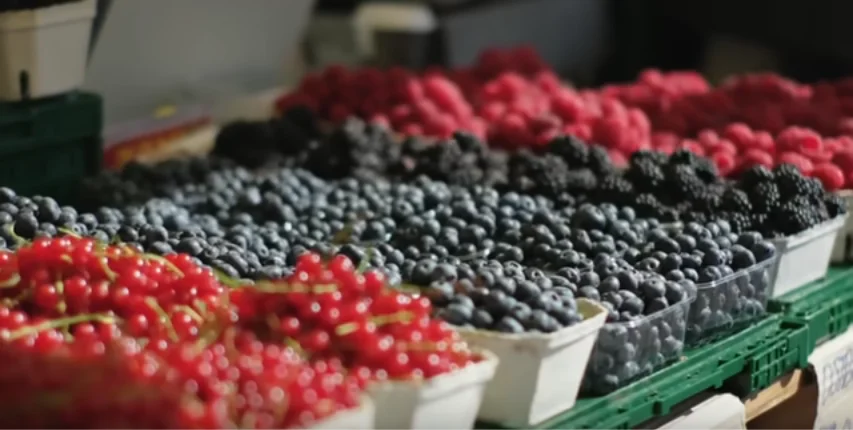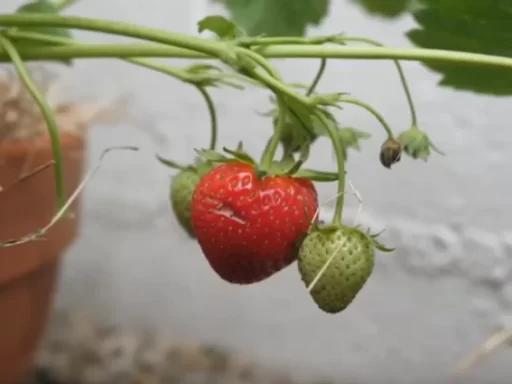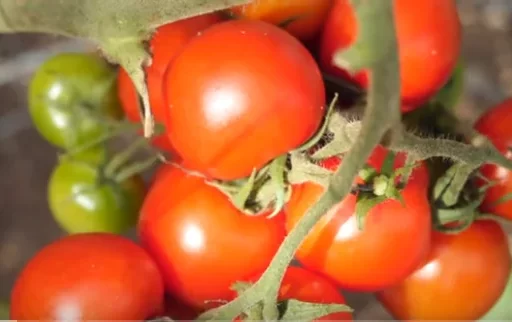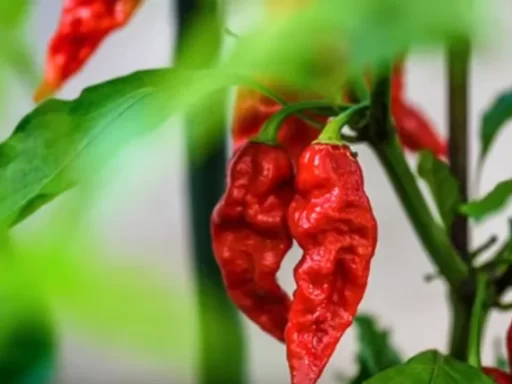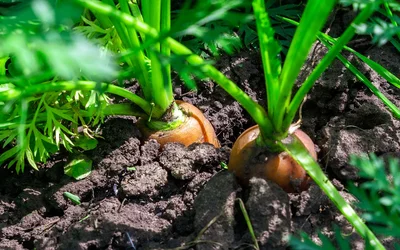Currants, once banned in certain parts of the United States, have risen in popularity due to their ease of cultivation, versatility, and delicious harvest. These small, nutrient-packed berries come in various types, including black, red, white, and even pink currants. They’re perfect for anyone looking to grow something a little different in their garden while also reaping health benefits.
Why Were Currants Banned?
Currants were banned in the U.S. due to their role in spreading a disease known as white pine blister rust, a fungal infection that gravely affected the forestry industry. Currants serve as a host for this fungus, which has a minimal impact on them but can be fatal to white pine trees. As white pines are critical to the American lumber industry, currants were prohibited to limit the spread of the disease.
However, despite the ban, the disease continued to spread, and many states have since lifted the restrictions. Modern advancements in tree breeding have also led to the development of white pine trees that are resistant to this fungal infection. As a result, American gardeners now have the freedom to enjoy a wider variety of fruit crops, including currants.
The Types of Currants and How to Grow Them
Currants come in several varieties, each with its own unique flavor profile and growing requirements. Here are the main types of currants:
- Black Currants: These are the easiest to grow and are known for their high vitamin C content. They thrive in full sun but can tolerate partial shade. Black currants can be used in jams, pies, and refreshing drinks like cordials.
- Red and White Currants: Red currants are ideal for making jellies, sauces, and desserts, while white currants are sweeter and more delicate in flavor. Both types can be grown similarly to gooseberries, requiring full sun or partial shade. They are also well-suited to smaller spaces and containers.
Soil Requirements
Currants prefer moist, well-drained soil that doesn’t become waterlogged. Black currants favor fertile, rich soil and a sheltered location, whereas red and white currants can tolerate a broader range of soil types and conditions.
Planting and Caring for Currants
When planting currants, you can choose between bare root plants (available in late autumn through early spring) or containerized plants. Bare root plants are generally more affordable but require planting during their dormant phase, while containerized plants offer flexibility throughout the growing season.
If planting in summer, avoid periods of extreme heat to prevent constant watering. It’s recommended to prepare the soil by removing weeds and enriching the soil with compost. A handful of general-purpose organic fertilizer will help the plants thrive.
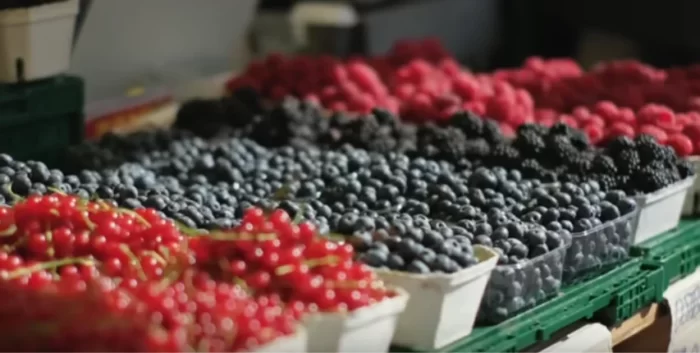
When planting, ensure the root ball is at the same level as the surrounding soil. Firm the soil around the plant to remove air pockets and water thoroughly to help the plant settle in.
For black currants, plant them slightly deeper than their original soil line, as they prefer a bit more coverage. Space your plants about three feet apart to give them room to grow.
Pruning Currants for Optimal Growth
Pruning is essential for maximizing the yield and health of your currants. Proper pruning should be done during the winter months, with the following steps:
- Black Currants: Remove up to a third of the older stems to encourage new growth. Focus on cutting the darker, thicker stems, as these are older.
- Red and White Currants: Prune for an open, bowl-like shape to ensure proper air circulation. Cut new growth by half and trim side shoots to about two buds to promote healthy growth. A mid-summer pruning of red and white currants will further enhance their productivity.
After pruning, mulch around the base of the plant to retain moisture and suppress weeds. Organic materials like bark chippings work well as mulch, and it’s advisable to top up the mulch in the spring.
Protecting Your Currants from Birds
Birds love currants just as much as humans do, so it’s essential to protect your plants with netting as soon as the berries begin to form. Make sure the netting is securely stretched to prevent birds from getting trapped.
If you have a large garden, consider investing in a fruit cage for additional protection.
Harvesting and Storing Currants
Currants grow in clusters called strigs and can be harvested once they reach their final color. You can either pick the individual berries or cut the entire strig from the bush. While currants only last a few days in the refrigerator, they freeze exceptionally well and can be used in a variety of recipes, including smoothies, pies, jams, and more.
Why You Should Grow Currants
Currants are versatile, easy to grow, and can be a beautiful addition to any garden. Whether you prefer the tartness of red currants or the sweeter flavor of white currants, they offer a wide range of uses in the kitchen.
Currants are not only delicious but also incredibly nutritious. They are rich in vitamin C, antioxidants, and other vital nutrients, making them a superfood in their own right.
Conclusion
Growing currants is a rewarding experience for both novice and seasoned gardeners. Their minimal care requirements, prolific fruiting, and versatility in the kitchen make them an excellent choice for anyone looking to expand their garden. With the ban lifted in most states, currants are once again becoming a popular garden crop in the U.S., and for good reason.
So why not give currants a try? With their rich flavor, health benefits, and ease of cultivation, they could become a favorite addition to your home garden.
Frequently Asked Questions
- Why were currants banned in the U.S.?
- Currants were banned because they were hosts for the white pine blister rust, which severely affected white pine trees.
- What are the benefits of growing currants?
- Currants are easy to grow, require minimal maintenance, and are rich in nutrients like vitamin C and antioxidants.
- Which type of currant is the easiest to grow?
- Black currants are considered the easiest to grow due to their tolerance for different conditions and high yields.
- Can currants grow in containers?
- Yes, currants grow well in containers, making them suitable for small gardens or limited spaces.
- What is the best time to plant currants?
- The best time to plant currants is in autumn or early spring when the plants are dormant.
- How do I prune currants?
- Prune black currants by removing older stems, and for red and white currants, create an open framework and trim new growth by half.
- How do I protect my currants from birds?
- Use netting or a fruit cage to protect currants from birds once the berries start to form.

